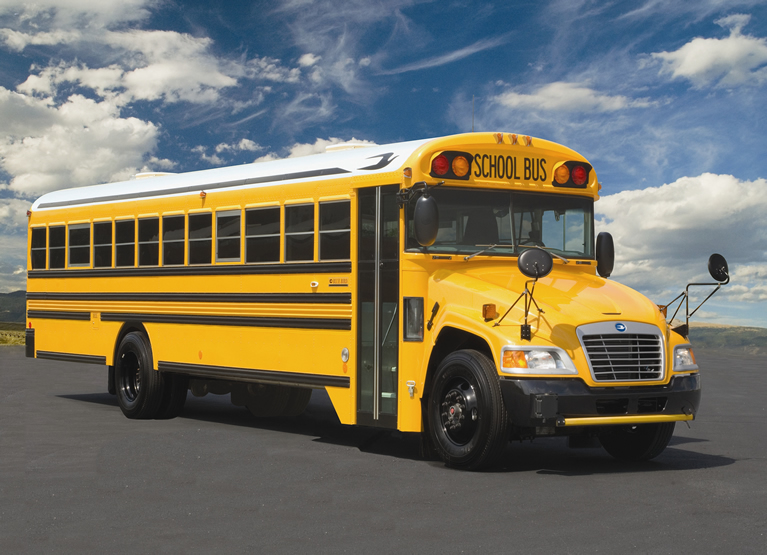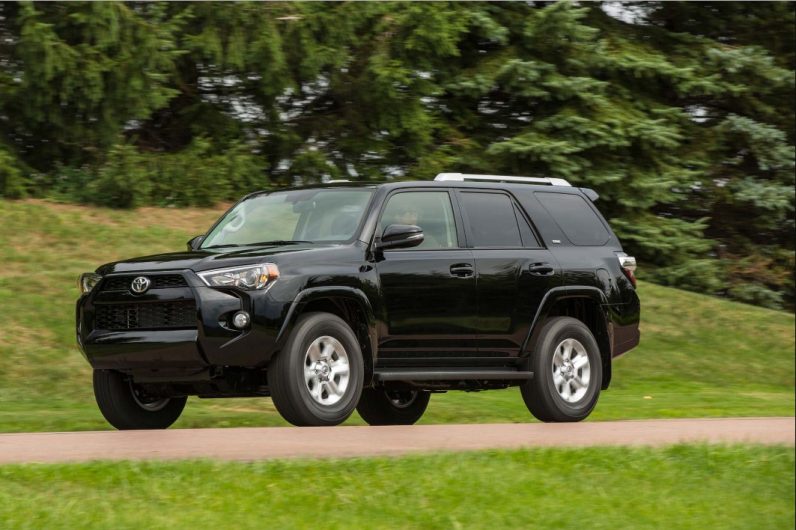This week in the US, AT&T retired its 3G network to make room for newer 5G cellular bands.
While most of our smartphones are embedded with 4G or 5G chips, a lot of transport infrastructure runs on old-school 3G cellular networks. Think of a large number of telematics and IoT-connected devices. As 3G retires, they no longer operate without upgrading to 4G connectivity.
In other words, unless your connected devices support 4G or higher, they’re bricked.
The entire transport ecosystem is in a world of pain, including:
Buses and Trains


American school buses that rely on legacy 3G technology have lost the ability to track and manage their routes. The industry requested a 6-month delay in sunsetting of the network — but to no avail.
This also affects bus networks across the country. In San Francisco, over 650 NextBus transit shelter displays no longer function. Instead, passengers must scan a QR code, make a phone call, or contact the bus company’s Twitter account to find out the schedule.
On top of this, many push-to-talk buttons used by visually-impaired riders are inoperable across the area.
The city’s not so smart now, huh?
Trucks and 3G sunsetting
According to CCJ Digital, AT&T’s 3G sunsetting impacts around 350,000 Class 8 trucks.
Laws in long-haul truckers require drivers to use software to record and monitor their hours — and retiring the 3G band makes this software obsolete.
Furthermore, the sunsetting also impacts cross-border trade with Canada and Mexico (who have delayed their 3G retirement to 2025), as American fleets can no longer transmit or receive data between drivers and dispatch.
What does the end of 3G mean for car owners?
Many car makers used 3G in their models as recently as 2021. This includes features such as WiFi hotspots, smartphone app connectivity, voice assistants, in-nav traffic and location data, hands-free calling, automatic crash notification, and remote lock/unlock functions.
Without an upgrade, this is all dead in the water. Here’s where you can find out if your car is affected.
But some specific examples: BMW vehicles from 2019 that are factory-equipped with 3G telematics devices or retrofitted 2G vehicles can no longer receive any ConnectedDrive/BMW Assist services. Worst still, not all BMW vehicles will be eligible for a technology upgrade.


At Toyota, vehicles such as the 2019 4Runner with Toyota Safety Connect enabled can no longer provide services like Automatic Collision Notification, Enhanced Roadside Assistance, Emergency Assistance Button, and Stolen Vehicle Locator.
And a range of Audi vehicles (including some launched in 2019) have lost Connect Care SOS and emergency services, like accident assistance, remote lock and unlock, and stolen vehicle locator.
In response, many OEMs are offering subscription upgrades to higher networks.
For example, Tesla’s offering to do this for a modest fee of $200. Stellantis — home to brands like Chrysler, Dodge, Fiat, Jeep, and Opel — will offer a subscription of appropriate hardware in 2GB of data per month at $9.99, or unlimited data for $29.99 per month.
Good luck charging your EV
Even if you have a newer electric car with updated software, charging might be a problem depending on your provider — with several EV owners on Twitter sharing their experiences encountering out-of-service chargers.
Starting to hear of dead #EV charging stations due to 3G decommissioning. This one is @ChargePoint, I’m told. Curious to know how all the networks plan to address this … pic.twitter.com/5D0JLakroG
— John Voelcker (@johnvoelcker) January 31, 2022
EV charging stations are often networked via 3G, 4G, or 5G cellular data services to provide a range of services.
Operators utilize the connectivity for remote monitoring and managing. While users rely on these networks for things like charger station locator services and credit card payments.
3G sunsetting means chargers depending on AT&T no longer function.
Paul Vosper, CEO of JuiceBar EV charging company, told me that it’s unclear why the 3G network end-of-life schedule seems to have caught some in the industry by surprise.
JuiceBar has been using 4G modems due to the better quality and reliability of IoT on the standard.
Thankfully, the company also offers a Trade-Up Program to all owners of impacted 3G-connected EV chargers.
Geez, get your act together
To be clear, this isn’t unexpected. Telcos started shutting down 2G in 2019, and gave notice for the 2022 3G shutdown.
And for 3G sunsetting, this is just the beginning — Sprint is ending things in March, and T-Mobile in July. Verizon’s giving you until December.
I’m not filled with confidence that the industry will be any more prepared by then. Poor play, folks, poor play.
